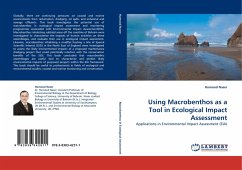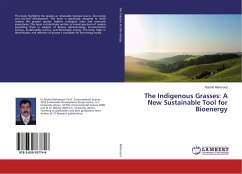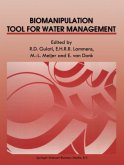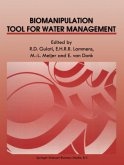Globally, there are continuing pressures on coastal and marine environments from reclamation, dredging, oil spills, and industrial and sewage effluents. This book investigates the potential use of macrobenthos in ecological impact assessment and monitoring programmes associated with Environmental Impact Assessment(EIA). Macrobenthos inhabiting subtidal areas off the coastline of Bahrain were investigated to characterize the impacts of human activities on these assemblages, and evaluate their use in ecological impact assessment. Likewise, macrobenthos inhabiting a mudflat hosting a Site of Special Scientific Interest (SSSI) in the North East of England were investigated to assess the likely environmental impacts of a proposed maintenance dredging project that could potentially interfere with the conservation benefits of the SSSI. This book concluded that macrobenthic assemblages are useful tool to characterize and predict likely environmental impacts of proposed projects within the EIA framework. This book should be useful to professionals in fields of ecological and environmental studies, coastal and marine monitoring and conservation.








